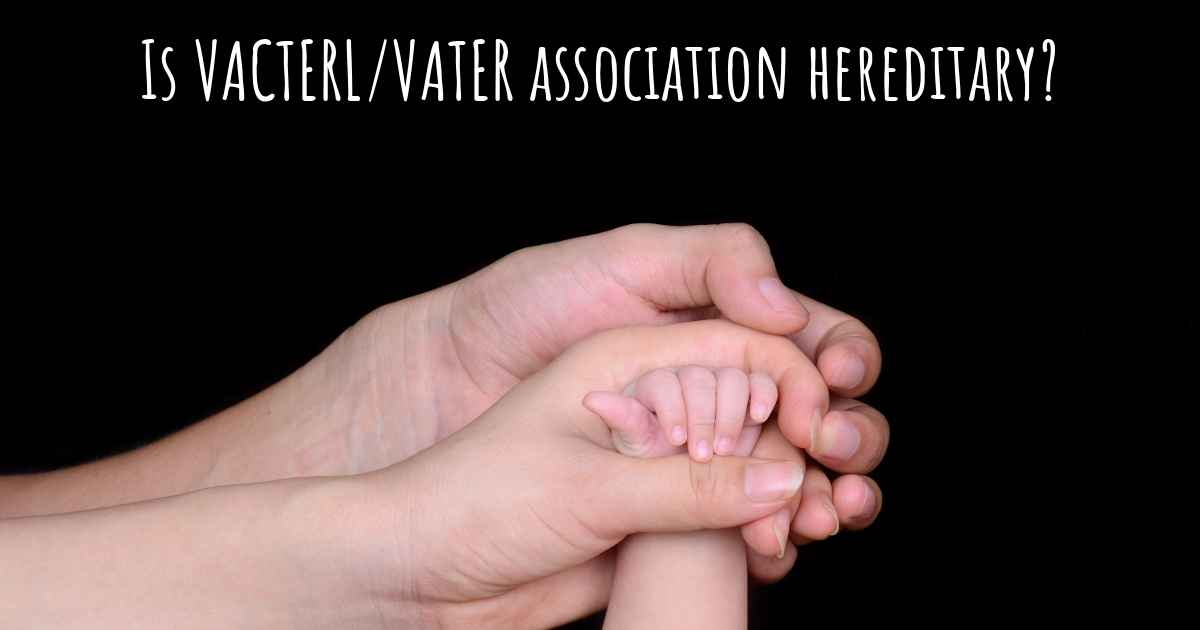VACTERL Syndrome: Causes, Symptoms, and Treatment
In the realm of congenital conditions, VACTERL syndrome is a multifaceted puzzle. In this comprehensive guide, we embark on a journey to uncover its intricacies, starting with an introduction to its causes, symptoms, and treatment options.
What is VACTERL Syndrome?

bacterial syndrome
VACTERL syndrome, an acronym for Vertebral defects, Anal atresia, Cardiac defects, Tracheoesophageal fistula, Renal anomalies, and Limb abnormalities, represents a congenital disorder affecting multiple organ systems. Let’s break down the meaning behind the acronym and understand the profound impact it has on those it touches.
Causes and Risk Factors
The origins of VACTERL syndrome remain a subject of ongoing research. While no single cause has been pinpointed, genetic factors, environmental influences, and complex interactions may play a role. Let’s delve into the factors that contribute to the development of this condition and explore recent findings.
Common Symptoms
Early diagnosis of VACTERL syndrome is crucial for effective management. Recognizing its common symptoms is the first step:
Vertebral Defects:
Individuals with VACTERL syndrome may have spine abnormalities, such as fused or missing vertebrae.
Anal Atresia:
This condition involves a blockage or absence of the anal passage.
Cardiac Defects:
Heart anomalies, including septal defects, can be a part of the syndrome.
Tracheoesophageal Fistula:
This refers to an abnormal connection between the trachea and the esophagus.
Renal Anomalies:
Kidney abnormalities, such as horseshoe kidneys, may be present.
Limb Abnormalities:
Limb defects, such as missing or underdeveloped limbs, can occur.
Diagnosis and Evaluation
Diagnosing VACTERL syndrome requires a thorough evaluation, often involving:
Physical Examination:
Healthcare providers assess physical abnormalities, including spine, heart, and limb defects.
Imaging:
X-rays and imaging studies help visualize internal organ anomalies.
Genetic Testing:
Genetic analysis may reveal potential genetic factors contributing to the syndrome.
Treatment and Management
Treatment for VACTERL syndrome varies based on individual needs. It may include:
Surgery:
Corrective surgeries are often necessary to address specific anomalies, such as heart defects or anal atresia.
Therapies:
Physical and occupational therapies can support children in developing essential skills.
Multidisciplinary Care:
A team of specialists collaborates to provide comprehensive care tailored to the patient.
Prognosis and Outlook
While VACTERL syndrome presents complex challenges, the prognosis largely depends on the severity of organ involvement and the timeliness of interventions. Many individuals with VACTERL syndrome lead fulfilling lives with appropriate medical care. Regular follow-ups and monitoring are essential to address potential issues promptly.
Coping and Support
A diagnosis of VACTERL syndrome can be overwhelming for families. Coping strategies and support networks play a crucial role:
Support Groups:
Joining support groups can connect families with others facing similar challenges.
Medical Guidance:
Regular consultations with healthcare providers provide essential guidance and monitoring.
Emotional Resilience:
Developing emotional resilience helps families navigate the complexities of the condition.
Research and Future Developments
The field of VACTERL syndrome research is continually evolving. Ongoing studies explore genetic factors, potential treatments, and improved diagnostic techniques. Keeping abreast of recent developments can provide hope for improved care and outcomes.
FAQs About VACTERL Syndrome
FAQ 1: What Are the Key Features of VACTERL Syndrome?
Answer 1: VACTERL syndrome is characterized by abnormalities in multiple organ systems, including the spine, heart, anus, esophagus, kidneys, and limbs.
FAQ 2: Is VACTERL Syndrome Genetic?
Answer 2: While the exact cause is not fully understood, genetic and environmental factors may contribute to VACTERL syndrome. Some cases have been linked to genetic mutations.
FAQ 3: How Is VACTERL Syndrome Diagnosed in Infants?
Answer 3: Diagnosis typically involves a physical examination, imaging studies, and genetic testing if necessary. Many infants with VACTERL syndrome are diagnosed shortly after birth due to physical anomalies.
FAQ 4: Can VACTERL Syndrome Be Treated with Surgery?
Answer 4: Yes, many individuals with VACTERL syndrome require surgical interventions to address specific organ abnormalities, such as heart defects or anal atresia.
FAQ 5: What Is the Life Expectancy for Individuals with VACTERL Syndrome?
Answer 5: Life expectancy varies depending on the severity of organ involvement and the effectiveness of treatment. With proper care, most individuals with VACTERL syndrome can live fulfilling lives.
FAQ 6: Are There Support Groups for Families Affected by VACTERL Syndrome?
Answer 6: Yes, there are support groups and organizations that provide assistance, information, and a sense of community for families navigating the challenges of VACTERL syndrome.
FAQ 7: Can VACTERL Syndrome Be Prevented?
Answer 7: Currently, there is no known way to prevent VACTERL syndrome. It is typically a sporadic occurrence, and genetic counseling may be recommended for families with affected individuals.
FAQ 8: What Are the Challenges Faced by Individuals with VACTERL Syndrome?
Answer 8: Individuals with VACTERL syndrome may face challenges related to surgeries, physical disabilities, and ongoing medical care. Emotional support and adaptive therapies can help address these challenges.
FAQ 9: Are There Any Breakthroughs in VACTERL Syndrome Research?
Answer 9: Ongoing research is exploring the genetic underpinnings and potential treatments for VACTERL syndrome. Stay updated with the latest studies for any breakthroughs.
FAQ 10: How Can I Get Involved in Raising Awareness for VACTERL Syndrome?
Answer 10: You can raise awareness by participating in awareness campaigns, supporting relevant organizations, and sharing information to increase understanding of VACTERL syndrome.
Conclusion
In conclusion, VACTERL syndrome is a complex congenital condition that affects multiple organ systems. While its causes remain under investigation, early diagnosis, personalized treatment, and strong support systems are essential for individuals and families facing this challenge. With ongoing research and multidisciplinary care, we can look forward to brighter prospects for those with VACTERL syndrome.




